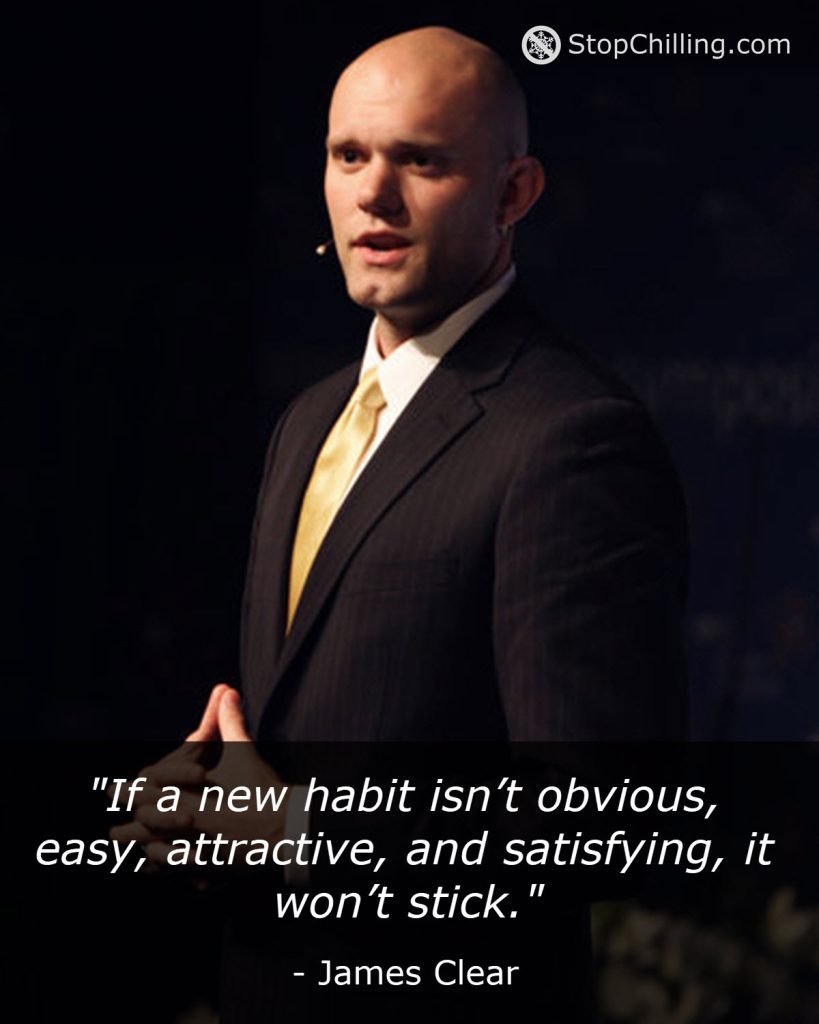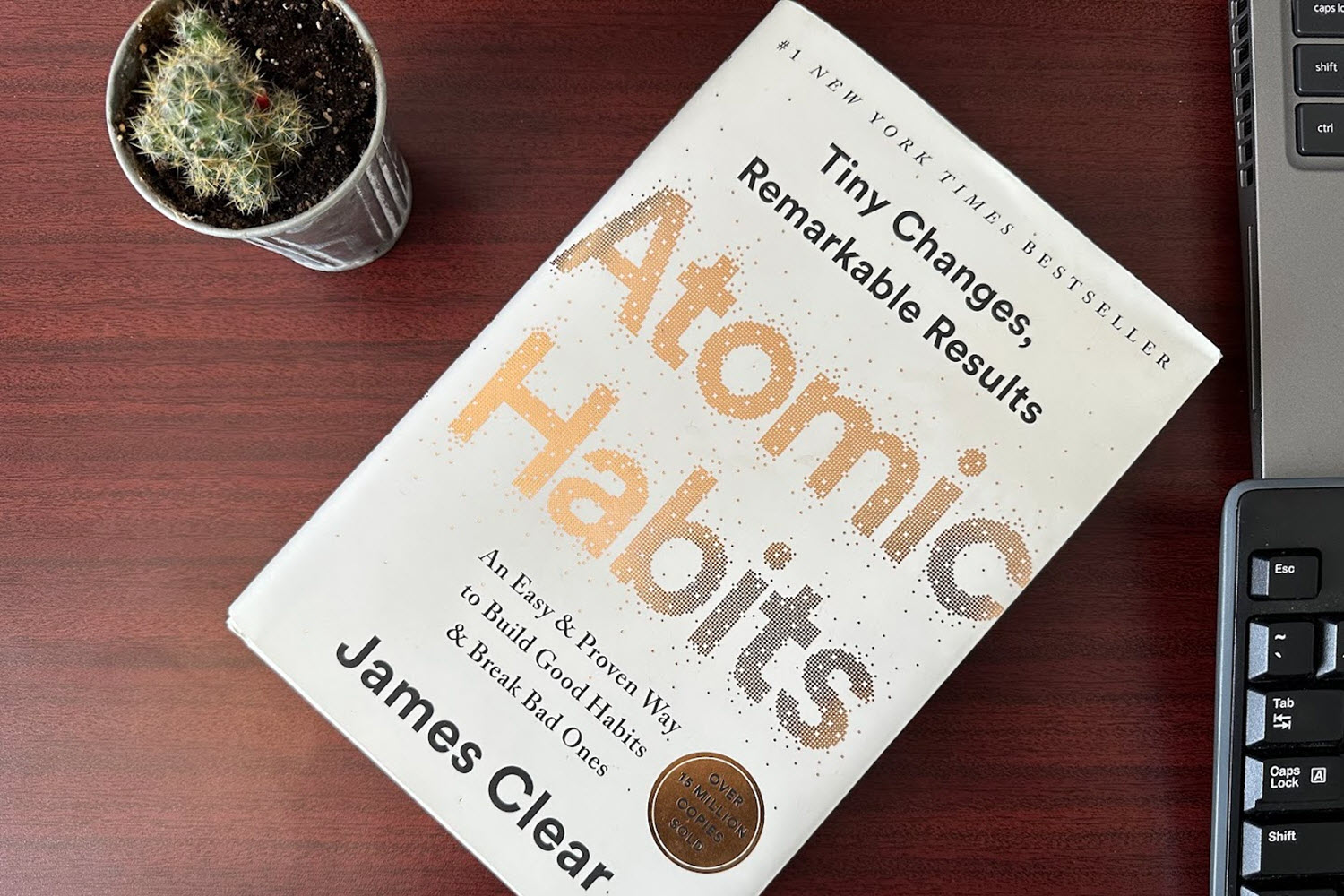The 4:30 AM Watch Photo and the Discipline of Habit
If you’ve spent any time in self-discipline circles, you’ve probably seen Jocko Willink’s 4:30 AM watch photo. Every morning, without fail, the retired Navy SEAL and leadership coach posts a picture of his watch showing the same time: 04:30. No caption. No fanfare. Just proof that he is up before the sun, ready to dominate the day.
Willink’s ritual has become something of a legend in pop culture discussions about self-discipline. Some see it as extreme, while others admire the sheer consistency. A recurring joke online asks, “If Jocko doesn’t post his watch, does the sun even rise?” But beneath the humor lies a serious lesson: good habits, done consistently, define success.
Jocko doesn’t wake up early because he feels like it. He does it because discipline and routine lead to results. This principle—making good habits automatic and non-negotiable—is at the heart of the book, Atomic Habits, by James Clear. If you’ve ever struggled to start or maintain a positive routine, this book breaks down exactly why—and how—you can change that.
Why We Struggle to Build Good Habits
Most of us have tried and failed to build new habits. We start with motivation, but it fades. We tell ourselves we’ll start exercising, reading, or waking up early—but something usually gets in the way. According to James Clear, the reason we fail is simple:

These are what Clear calls “The Four Laws of Behavior Change.” If you want to adopt good habits, each of these elements must be in place. Otherwise, you’ll default to what’s easy and familiar—whether that’s skipping workouts, procrastinating on important work, or mindlessly scrolling social media.
Let’s break down how to make every habit stick using two simple strategies: Stacking & Starting, and Syncing & Scoring.
Stacking & Starting: How to Make Habits Effortless
Think about your daily hygiene habits. You probably don’t have to remind yourself to brush your teeth—you just do it. This is because your brain has linked it to another habit, like waking up or finishing a meal. This process, called habit stacking, is a powerful way to attach a new behavior to something you already do.
For example:
• After I pour my morning coffee, I will read one page of a book.
• After I put on my shoes, I will do five push-ups.
• After I turn on my laptop, I will write one sentence.
This eliminates the hardest part of a habit—getting started. But even with stacking, new habits can feel daunting. That’s where the Two-Minute Rule comes in.
Clear suggests that when starting a new habit, it should be so easy you can’t fail. Instead of aiming to read for 30 minutes, start with one page. Instead of planning an intense workout, start by putting on your running shoes. These “starter steps” trick your brain into action. Once you’re moving, momentum takes over.
Jocko Willink doesn’t decide at 4:30 AM whether he feels like waking up—he just does it. His habit is stacked (waking up → working out), and he removes resistance by keeping it automatic. If you want to make good habits a part of your life, make them small, simple, and connected to something you already do.
Syncing & Scoring: How to Stay Motivated
What if your new habit isn’t exciting? What if exercising, writing, or studying feels like a chore? The secret is to sync it with something enjoyable.
Consider Ronan Byrne, an engineering student from Dublin. He wanted to exercise more, but he loved watching Netflix. His solution? He programmed his stationary bike so that Netflix only played if he pedaled fast enough. The moment he slowed down, the show paused. If he wanted to binge-watch his favorite series, he had to keep moving.
This is the power of habit syncing—pairing something you love with something you resist.
Here are more examples:
• Only listen to your favorite podcast while cleaning.
• Only drink your favorite coffee while journaling.
• Only play video games while walking on a treadmill.
By tying a new habit to a craving, you remove the resistance and turn discipline into something you actually look forward to.
But syncing alone isn’t enough—you also need scoring.
Have you ever felt proud when you checked off a to-do list? That’s because tracking progress makes habits satisfying. Seeing a streak of success (whether it’s workouts, reading, or writing) reinforces your identity.
James Clear suggests using a habit tracker, like a calendar or an app. Mark each day you complete a habit. Over time, the streak itself becomes motivating. You won’t want to break the chain.
Imagine looking at your wall on January 30th and seeing 27 red check marks for workouts that month. That proof makes you feel like the type of person who prioritizes fitness. It shifts your identity. You’re not just someone trying to get in shape—you’re an athlete.
The Key to Good Habits: Identity Over Motivation
Jocko Willink doesn’t wake up at 4:30 AM because he’s always motivated. He does it because he is a disciplined person. Consistency = discipline. Check out my post, Consistency Quotes from Tom Brady, to get a different angle on this subject.
The ultimate goal of habit formation isn’t just to “do” a behavior—it’s to become the type of person who naturally does it. Instead of saying, “I want to exercise more,” say, “I am the kind of person who never misses a workout.” Instead of saying, “I need to stop procrastinating,” say, “I am the kind of person who takes action immediately.”
Your habits shape your identity, and your identity reinforces your habits. When you embrace this mindset, discipline stops feeling like a struggle. It becomes who you are.
Take Action: Build Good Habits Today
If you want to build good habits, don’t rely on willpower. Instead:
1. Make them obvious (Use habit stacking).
2. Make them easy (Use the Two-Minute Rule).
3. Make them attractive (Sync habits with something enjoyable).
4. Make them satisfying (Track your progress).
Jocko’s 4:30 AM photo isn’t about showing off—it’s about proving that discipline and consistency create success. You don’t have to wake up before dawn, but you do need to show up for yourself.
So what habit will you start today? Don’t wait. Pick one, make it simple, and start now. Your future self will thank you.


Leave a Reply
You must be logged in to post a comment.